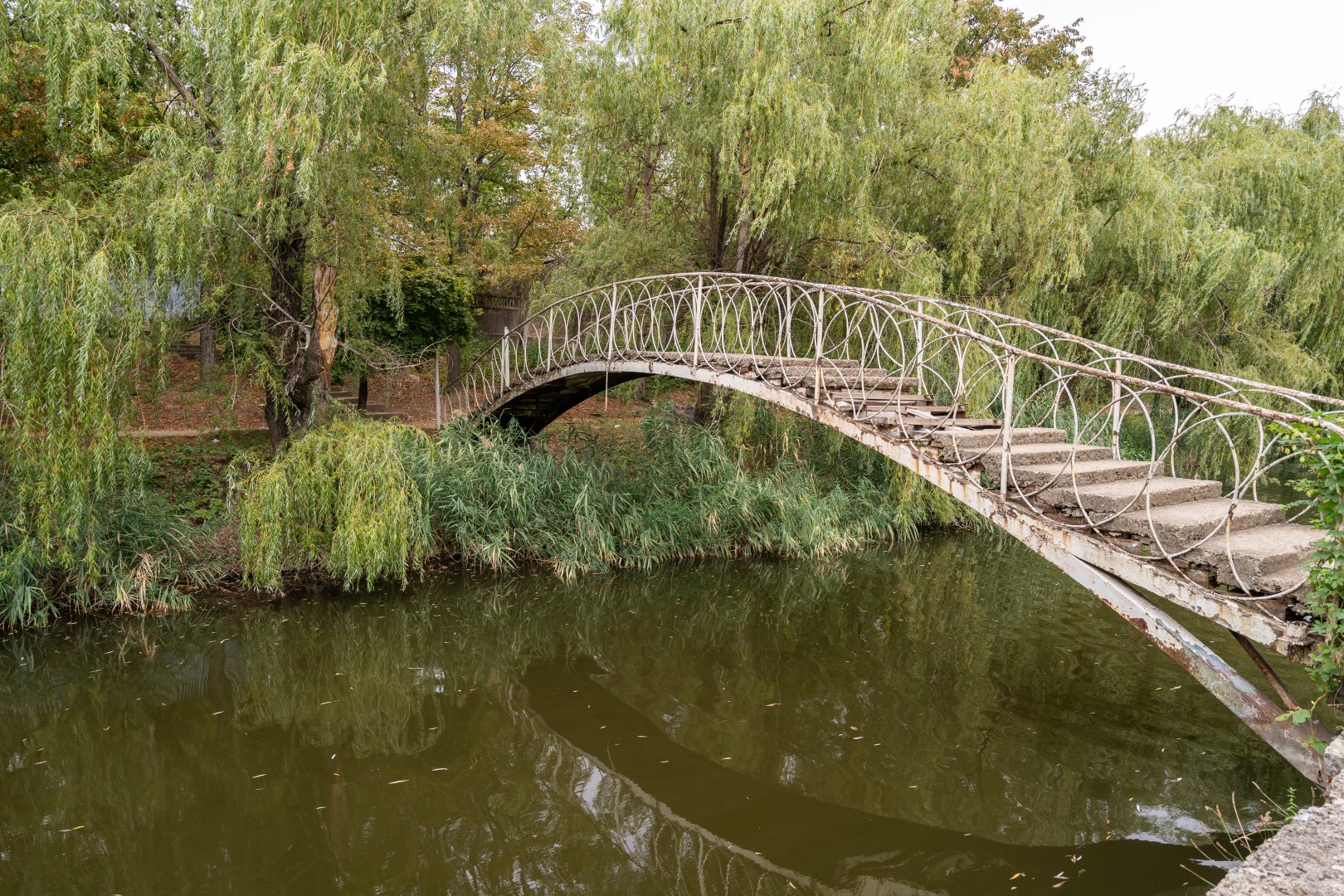Natural landscapes
Brînzeni reefs
Set in an impressive natural frame, the locality of Brînzeni boasts remarkable natural and anthropogenic heritage, with cliffs rising to over 210 meters in height, surrounding all those who dare to step into this enchanting area. The presence of the cliffs gives Brînzeni a unique and fascinating atmosphere, attracting ecologists, travelers, and researchers. Ecologists are captivated by the diversity and grandeur of nature’s monuments found in this region. The cliffs are not just simple geological formations, but true sanctuaries of biodiversity. Scholars and archaeologists consider Brînzeni a true archaeological paradise. Numerous artifacts and historical relics have been discovered within these cliffs and the surrounding area, attesting to the presence of humans and the evolution of civilization in this region. From ancient artifacts to traces of lost civilizations, each discovery offers a fascinating glimpse into the past of this region. Paleontologists find Brînzeni a true treasure, akin to a living library of distant eras. The fossils discovered in this area are evidence of ancient times, offering a unique perspective on the evolution of the planet and life on Earth over millions of years. The Racovăț River winds boldly through these cliffs, shaping a spectacular picture of powerful and imposing nature. The history of this river is rooted in the geological past of the area, when the forces of nature sculpted and molded the landscape in a spectacular manner. It represents not only a waterway but also a witness to the turbulent past and the geological and biological evolution of this region. Thus, Brînzeni emerges as a true sanctuary of nature and history, attracting researchers and science enthusiasts to uncover the mysteries and hidden treasures of this fascinating place.

Buzdugeni gorge
In the heart of the picturesque landscape of northern Moldova, one of the remarkable natural monuments is the Buzdugeni Gorge, located near the village of Buzdugeni and adjacent to the Racovăț River. This impressive gorge was carved into the toltre massif over millions of years, and it is considered the deepest gorge in the Republic of Moldova, with a depth exceeding 200 meters and a length of about 1 kilometer.
The unique feature of this gorge lies in its spectacular landscape and remarkable biodiversity. The right slope of the gorge, in particular, impresses with its natural beauty and biological diversity. Shrubs, grasses, and colorful flowers adorn the slope, while the multicolored rocks covered with moss and lichens give the landscape a fairy-tale atmosphere. Deep within this slope hides an archaeological and historical treasure: a round-shaped Neolithic cave. Located about 10 meters from the top of the slope, this cave is almost invisible from the outside and is protected from the elements. Carved carefully into the toltre rock, the cave has been preserved almost intact over the millennia. Access to this cave is difficult, requiring traversing a narrow, winding path along the cliff’s edge. It is a remarkable discovery, so well camouflaged in the wild landscape that it is almost impossible to find without knowing of its existence. This Neolithic cave represents not only an archaeological treasure but also a window into the distant past of this region, offering researchers and history enthusiasts the opportunity to understand and appreciate human evolution and the geological changes that have taken place over the millennia in Moldova.
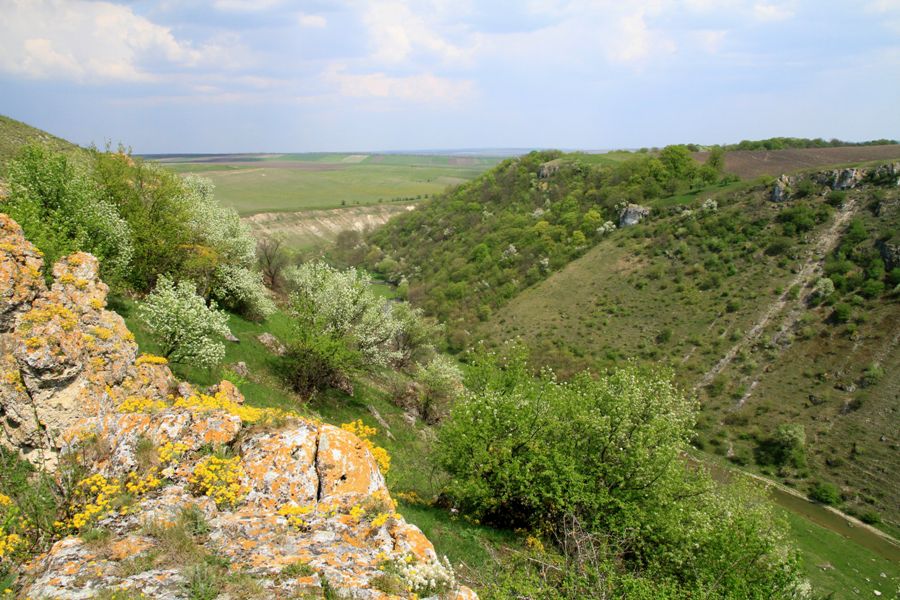
Draghišta's kiss
In the idyllic landscape of Brînzeni, there is a place of exceptional beauty, situated between two imposing cliffs, where the Draghiște River completes its course, flowing into the Racovăț River. This meeting point of the waters is known as the “Kiss of Draghiște,” or as the locals like to call it, “La Craci.” The convergence of the rivers, marked by this poetic union, becomes a symbol of harmony and balance in nature. Here, visitors can admire the spectacle of nature and feel the closeness to this calming and uplifting force.

The cultural and natural reserve of Old Cuconestii - Atlantida de Edineț
In the north of the Republic of Moldova, in the Edineț District, along the picturesque banks of the Prut River, we discover the “Cuconeștii Vechi” Cultural and Natural Reservation, covering an area of almost 100 hectares, located within the perimeter of the former village of Cuconeștii Vechi. This reservation is one of the few protected areas in the country that combines three elements – historical, cultural, and natural. At Cuconeștii Vechi, water destroyed the hearth of an ancestral village, but gave life to its memory. Cuconeștii Vechi is a miracle of our enduring presence through time, a place where we encounter the true history of this people.
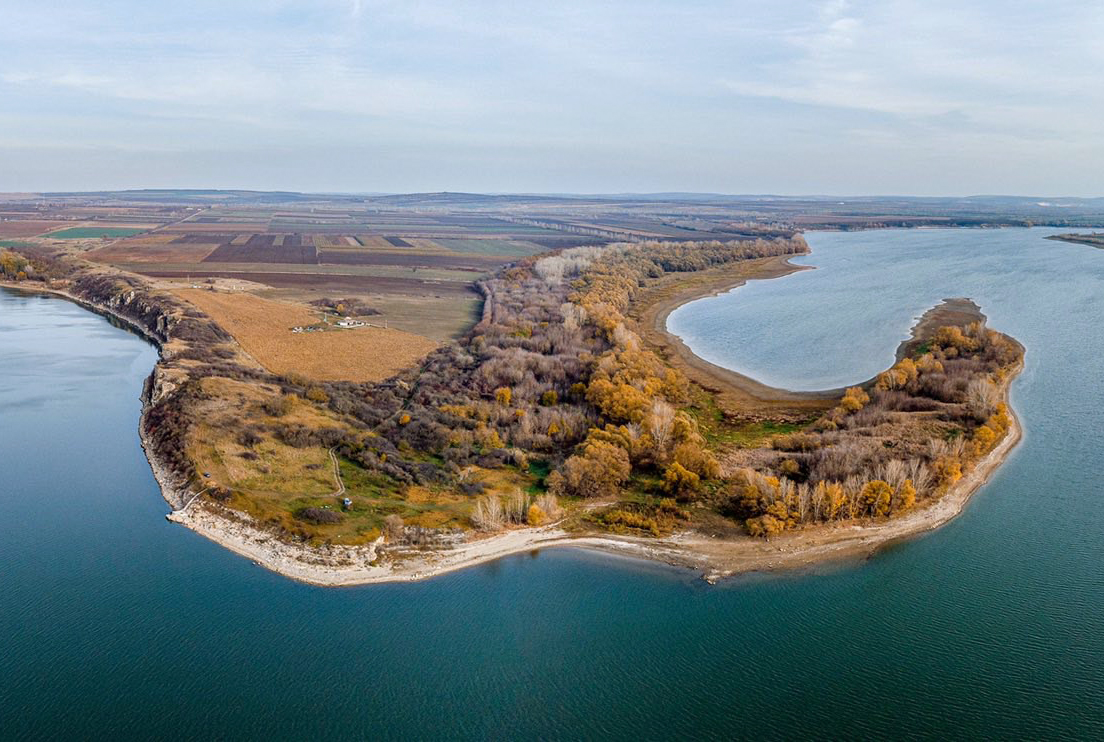
Gypsy Pass
Another tourist attraction of the village of Cuconeștii Vechi is the “Trecătoare țiganilor” (Gypsies’ Crossing), a place where, in the past, one could cross the Prut River, and where various agricultural products were exported from the country (until the construction of bridges over the Prut).

"La Castel" Landscape Reserve
The “La Castel” Landscape Reserve is a protected area located near the village of Gordinești, along the Racovăț River valley, covering a strip 200 meters wide and 5 kilometers long. It features a natural toltre landscape, with its surface affected by multiple karst formations. The toltre ridge is intersected by numerous streams, some of which form waterfalls. Currently, this site serves as an open-air historical-geological museum, a natural wonder inherited from ancient times due to the multimillion-year-old deposits. Here, visitors can discover breathtaking landscapes, a rich flora and fauna, and most importantly, hear from the locals the legends associated with this place.
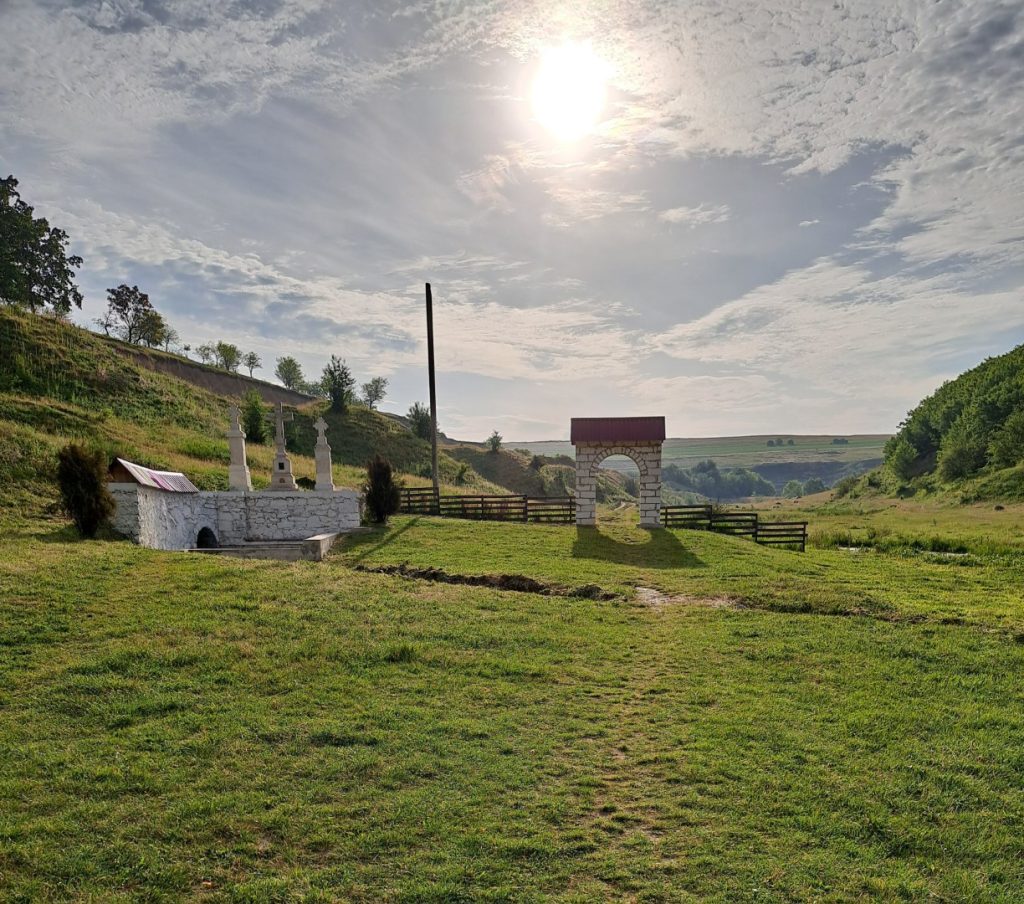
"Little Switzerland of Moldova" from Fetești
In the area of the village of Fetești, nature has created a remarkable monument, called by scientists the Fetești Amphitheater, which surrounds the village from the north, west, and east, with a depth of about 100 meters, concentrating the village in an arena-like formation. High, bald rocks, often completely bare, caves, and nearly inaccessible grottoes, under which the Draghiștea River and numerous springs roar continuously, winding through trees and bushes, form a truly mountainous setting. This place is also known as the “Little Switzerland of Moldova” due to the fairy-tale landscapes it creates. Recently, a gazebo was built here, “floating” above the Fetești Reserve, and it carries a very romantic name, “The Wing of Love” of Fetești. It is a lookout point situated in the Little Switzerland landscape reserve. From here, visitors can admire the exceptional landscape of the reserve, the famous gorge, the mammoth head emerging from the bald rock of the gorge, as well as the impressive Fetești Hill.
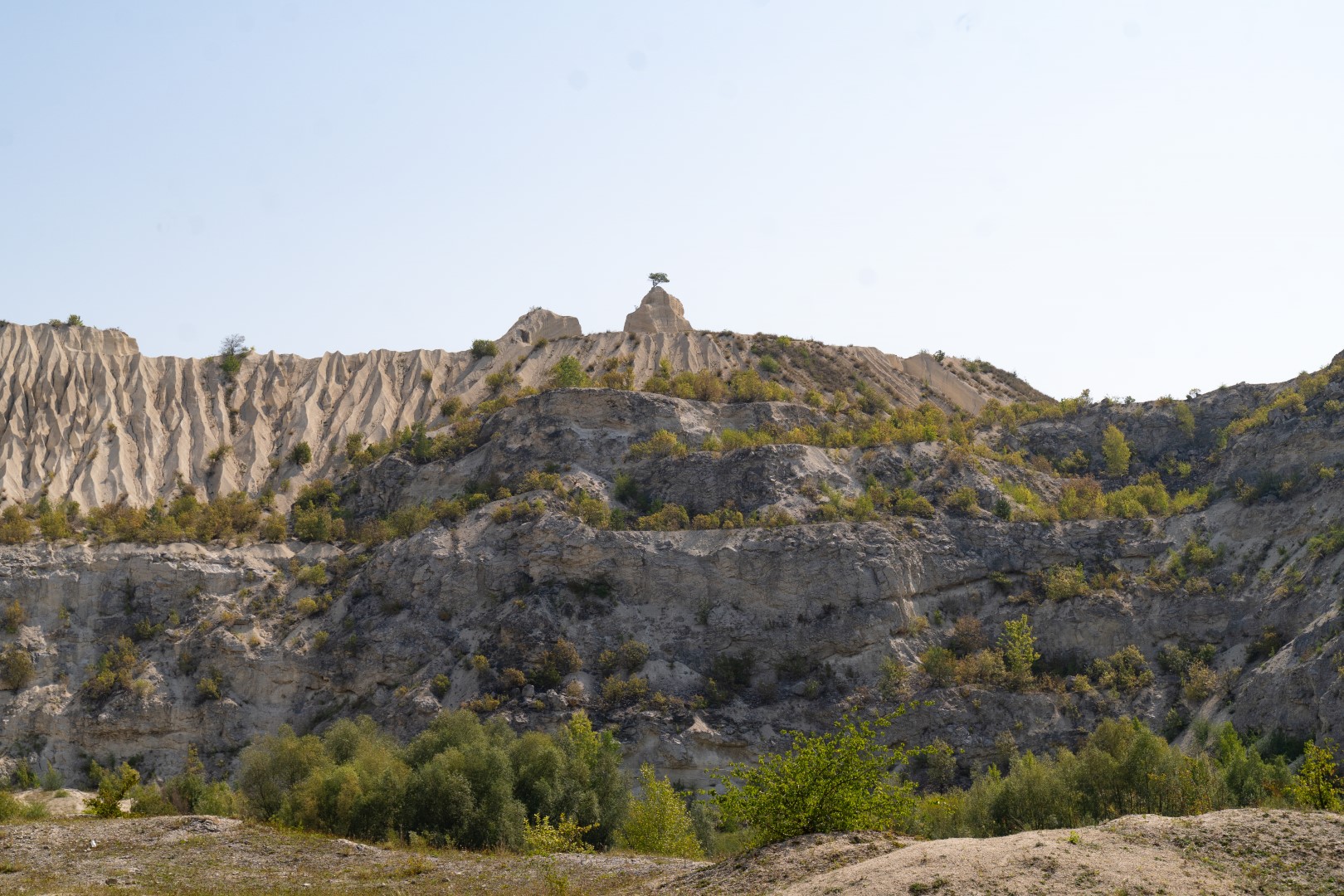
Fetesti career
A former stone quarry has transformed this locality into a unique tourist attraction. The Fetești quarry was abandoned during the Soviet period after the mineral deposits here were exhausted. What was destroyed by man has been restored by nature, turning the former quarry into a place of extraordinary beauty. The limestone deposits here serve as an impressive testament to the power of nature, and the abandoned quarry in the village offers a spectacular setting for photography enthusiasts and for all those who appreciate the natural beauty of these places.
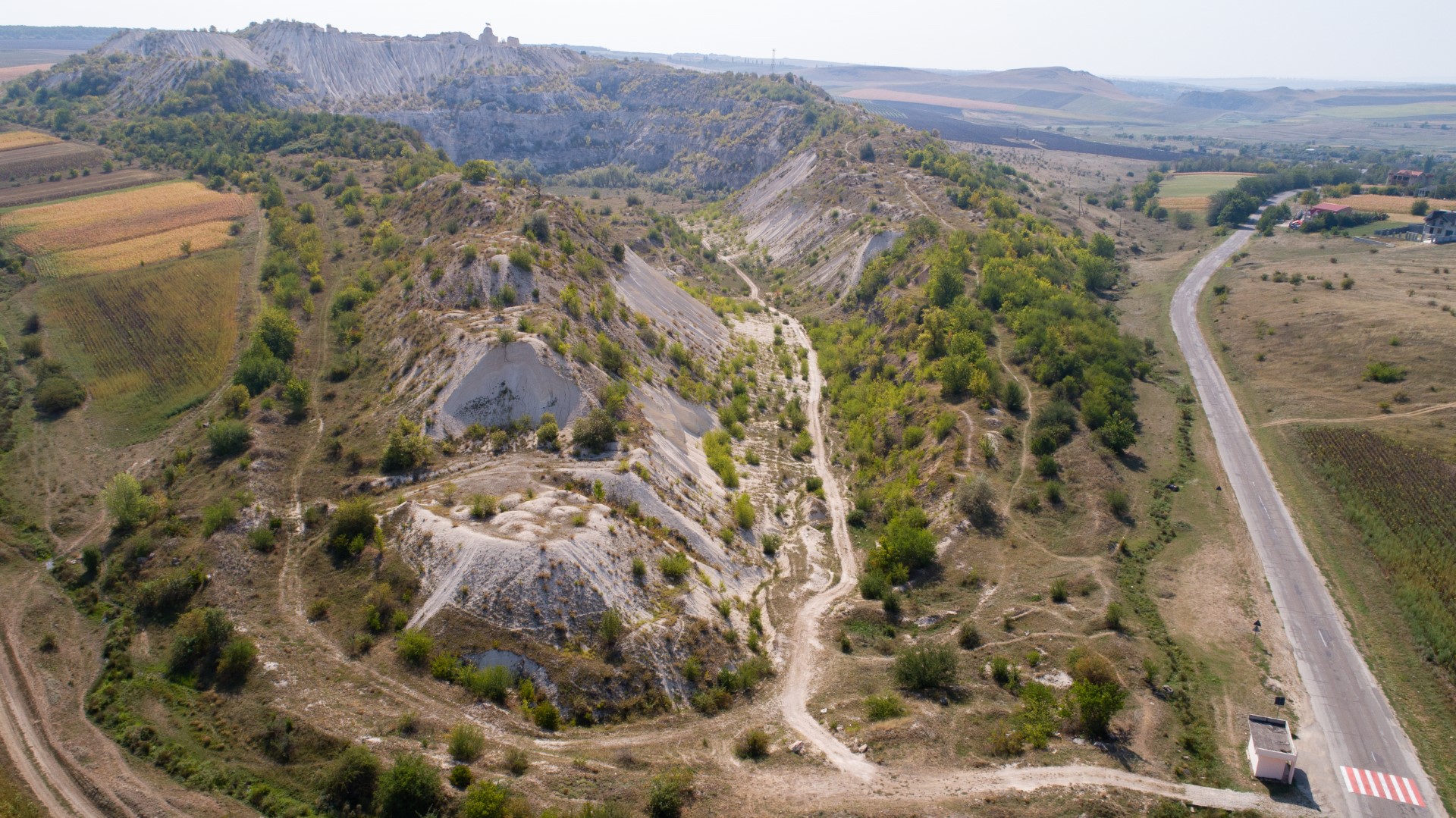
rinca Gorge
The relief of the village of Trinca is steep, with numerous rocks and gorges. Those who dare to climb the high slopes of the gorge are rewarded with breathtaking views and landscapes, and the bravest can climb up to Scridon’s Cave. This cave is located 65 meters above the gorge, covers an area of 135 m², and dates back to the Middle Paleolithic. It is believed that the cave was inhabited by humans during prehistoric times. Another geological attraction is the Pigeon Cave, or as the locals call it, the Elephant’s Trunk, which is somewhat smaller than the previously mentioned cave and has an area of 80 m². The Trinca Gorge stretches for about one kilometer, and the height of its slopes reaches up to 140 meters. Some sections of the gorge, when viewed more closely, give the impression of sculptures meticulously crafted by stone carvers.
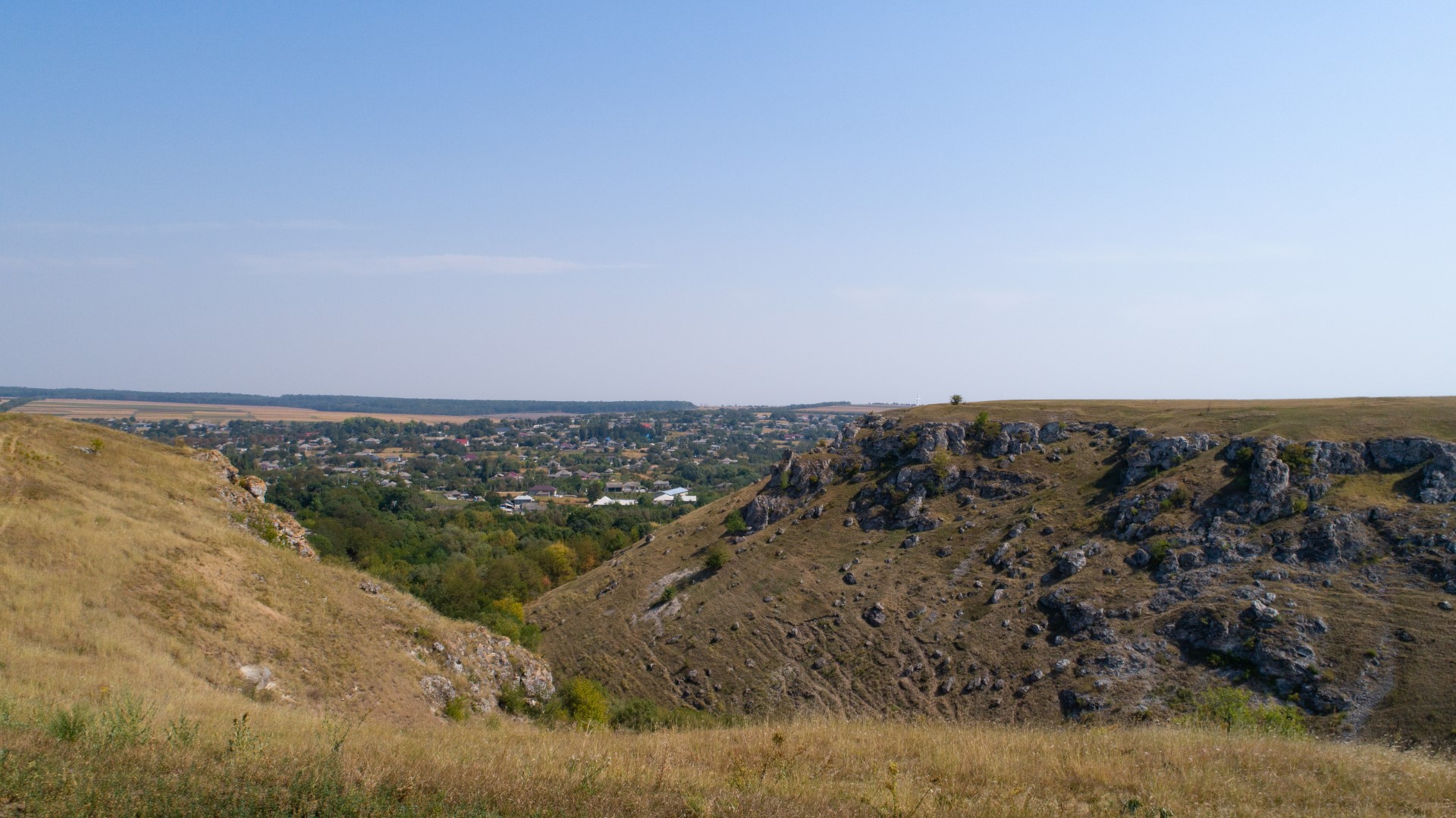
Burlăneşti Gorge
The Burlănești Gorge is located less than one kilometer from the Fetești quarry. It is a natural monument of geological or paleontological type, relatively short, with an area that does not exceed 0.5 km. Its bottom is scattered with large and small boulders that have rolled down from its slopes, which is why the Draghiște River in this area is particularly winding and capricious. It was formed over several millennia as a result of the deepening of the Draghiște River through the Badenian limestone massif in the lower part of the reef and the Volhynian limestone in the upper part (Lower Sarmatian). The gorge is made up of two rows of toltre, which are at a right angle to each other.
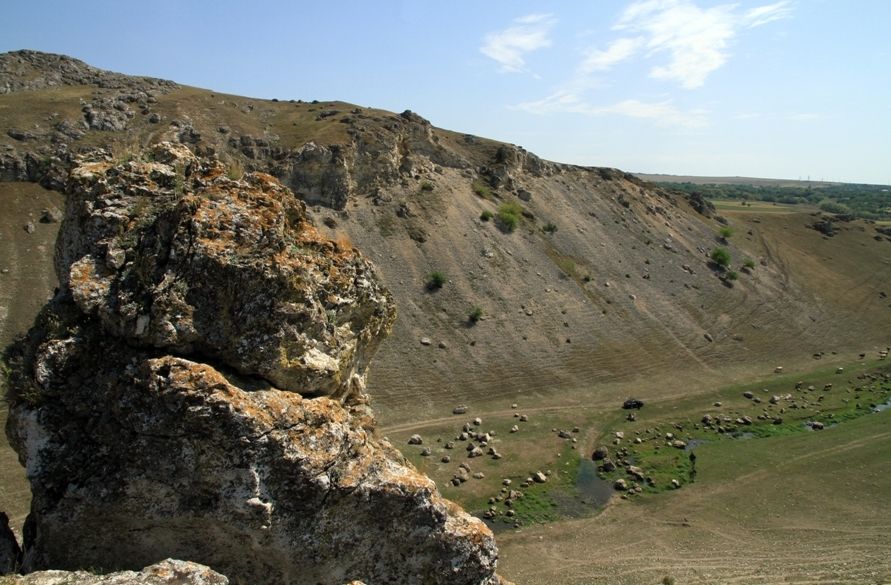
"Vasile Alecsandri" Public Garden
The “Vasile Alecsandri” Public Garden is a green oasis in the center of Edineț, which immediately captivates those who visit the city. The idea of founding this garden emerged shortly after World War II, but the key years for its establishment are considered to be the 1960s. The garden was planted in place of the old orchards of the Cozițîn nobles, covering an area of 47 hectares, and is made up of coniferous and deciduous trees, shrubs, etc. The park is well-planned and has a picturesque appearance. A cascade of three lakes is located here, with bridges made of forged metal spanning across them. The central area of the park, with its fountains and water features, is particularly inviting. The so-called “Fairy Tale Island,” located in the middle of a lake, is also beautiful. The park remains attractive to visitors in every season, leaving the most pleasant impressions.
